Edible trees and flowers are valuable elements in the world of cuisine, offering a variety of flavors and culinary uses. These plants bring a unique dimension to our meals and constitute an interesting source of nutrients. Before integrating them into recipes, you must make sure you know their taste characteristics and their specific culinary uses. Adding these edible items to your diet can bring a new and creative dimension to your meals, while introducing you to new flavors and textures.
Linden in salad and herbal tea
Lime leaves in salad? Yes ! As long as you choose them very tender (opt instead for the Tilla Cortada). All species of linden are edible. The general public is especially familiar with linden flower herbal tea. The idea of sipping this sedative drink dates back to the 16th century: it was at this time that Minister Sully ordered the planting of lime trees (from the Latin tilia, of the same meaning) in public gardens and along roads. For what ? Simply because these trees tolerate pruning well. Since the 19th century, Buis-les-Baronnies in Drôme has been the undisputed capital of lime trees.
Magnolia in salad and fritter
Its flowers can be eaten, who would have thought it! White or pink, with slightly lemony notes, its petals add a pinch of poetry to our salads. Like elderflowers oracacia, they are also eaten in the form of donuts. Contemporary with the dinosaurs, the Magnoliaceae already flowered 95 million years ago. Their name is a tribute to Pierre Magnol, the greatest French botanist of the 17th century. The magnolia genus includes about one hundred and twenty species, mostly trees and shrubs, native to different parts of the world.
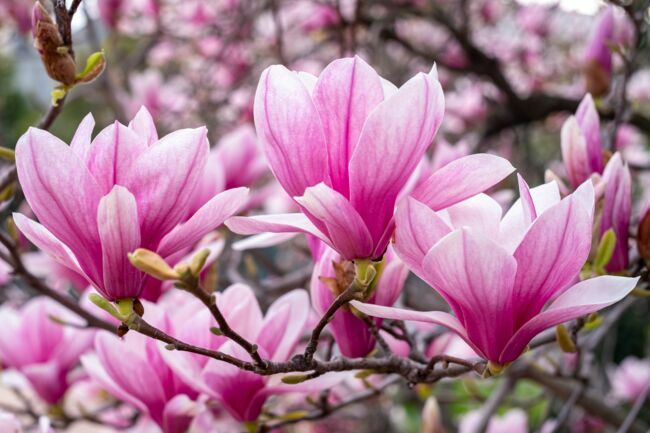
Oak leaves in salad
Provided you pick them in their early youth, oak leaves work wonders in salad. Acorns are also eaten, once roasted and reduced to powder. There are more than three hundred different species. Hard and durable, the Oak (from popular Latin cassanus) is the sacred tree par excellence in several European cultures. Saint Louis administered justice under this tree. The oak leaf – associated with that of laurel – adorns the Legion of Honour And the medal of the National Order of Merit.
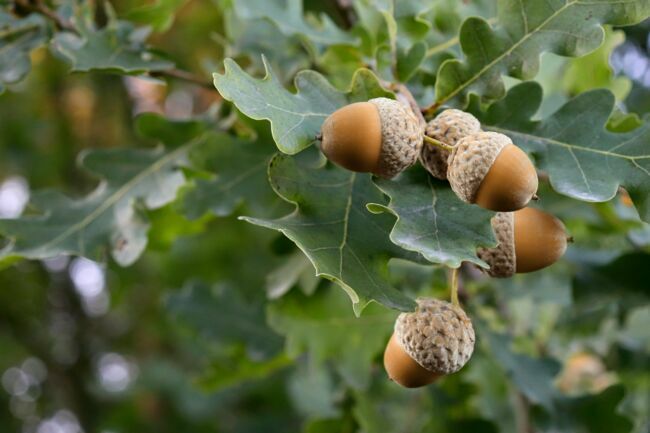
Raw or crystallized lilac flowers
Its delicate fragrant flowers are charming in bouquets and also delight our taste buds. They are preferably eaten raw, or crystallized, like violets. Lilac flowers (from Arabic lilâkof the same meaning) are also suitable for making delicious syrups or flavor panacottas and sparkling waters. Botanists call it Syringa vulgaris, literally “ordinary reed” in Latin. But be careful: this shrub is anything but ordinary! Cousin of the olive tree, the lilac is said to originate from Persia. Its Latin name, syringa (from which the word syringe also comes) evokes the hollow stem of certain lilacs.
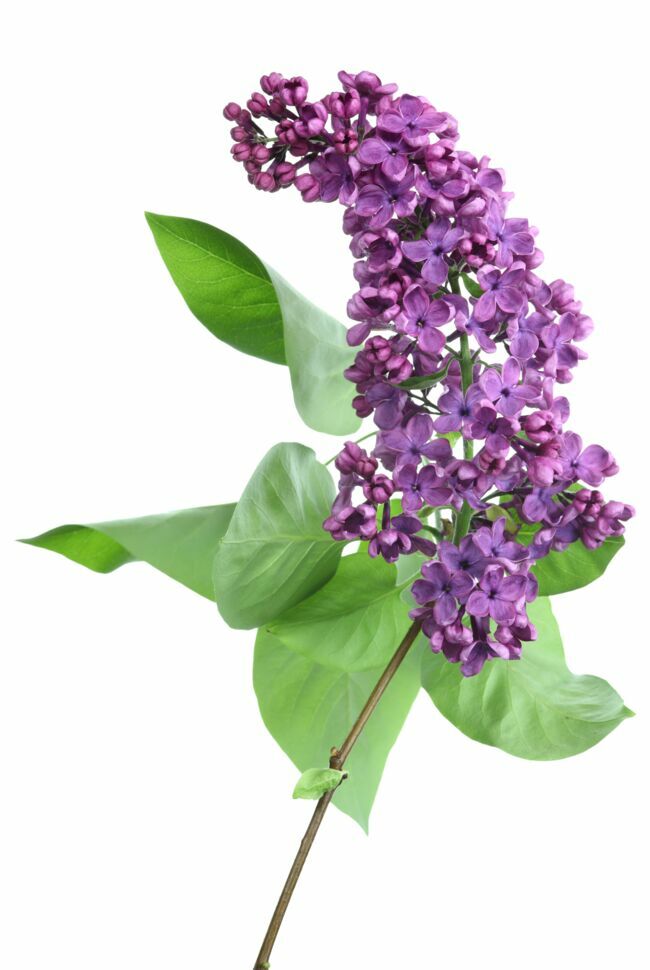
Beech leaves in salad
Its first spring leaves, tender as can be desired, can be enjoyed in salad. In the past, the Scandinavians even consumed its wood, in the form of sawdust slipped into bread dough. In times of scarcity, we can imagine! Tree among the most common in French forests, Fagus sylvanica is a majestic cousin of the oak and the chestnut tree. A symbol of confidence and patience, it can rise up to 35 meters in height. Its smooth trunk with gray bark is reminiscent of an elephant’s leg. Beech comes from francique hester“young tree”.
Birch sap juice
Its draining sap is easily found commercially. It is also easy to make it yourself. It is enough to incise a birch trunk (preferably old) so that its beneficial sap, rich in micronutrients and amino acids, begins to flow. To harvest it, simply hang a bucket under the incision. After just a few hours, enough sap will have flowed out to quench a big thirst! In Siberia, the birch (from the Latin betullaof the same meaning), occupies an important place in shamanic rituals, because it is supposed to shelter the souls of the ancestors.
Elm fruits in yogurts, salads or mueslis
Appearing before its leaves, its winged fruits (also called samaras) are delicious in salad. Alas, the majestic elm is rare these days. In the 1970s, he succumbed to an illness caused by fungi. How far away are the days when the roads of France were dotted with this king of the forests! If you should cross its path, taste it immediately or slip its fruits into your yogurts, salads or mueslis. Elm comes from Latin ulmus of the same meaning.
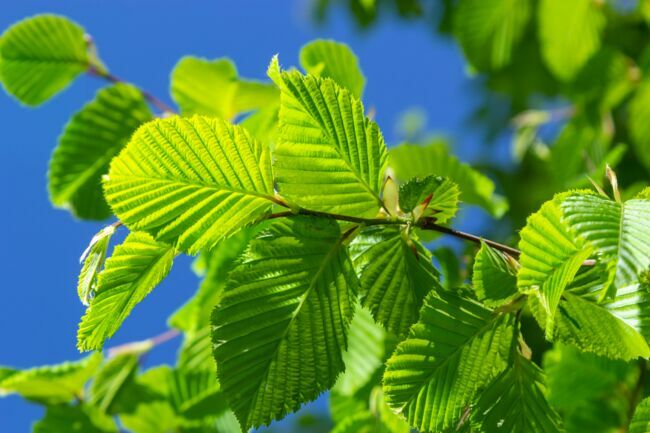
In bookstores
Cook everything in the garden, Pascal Garbe, ed. Ulmer, €15.90.
Thanks to this fascinating book, we will learn how to prepare pretty plates based on vegetables and aromatic herbs. Its author, an accomplished gardener, knows how to use wild flowers and plants that grow on his land. Its 45 savory or sweet recipes are classified by season.
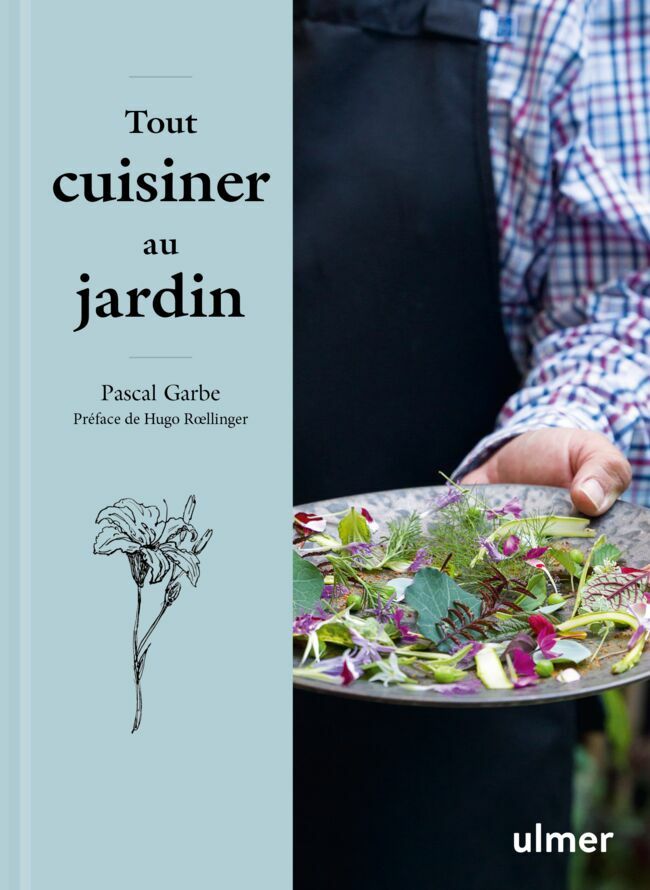
Read also :
⋙ Oak, lime, elderberry… the health benefits of trees
⋙ Elderflower, a new flavor to discover
⋙ Dandelion, elderberry, nettles… Original recipes with wild flowers
